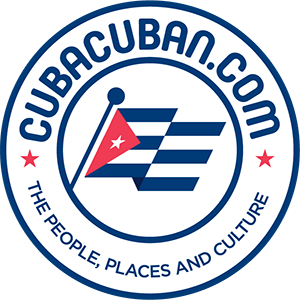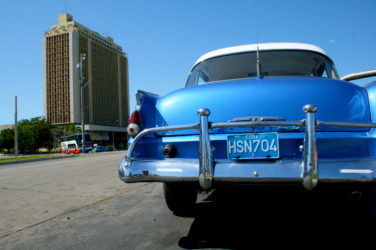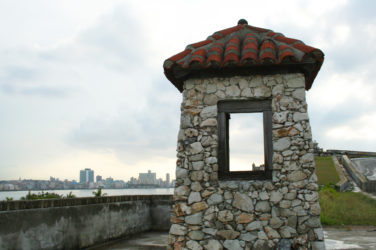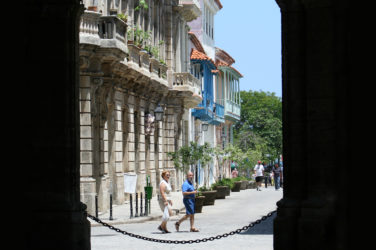Cuba’s recent desire to attract tourist dollars has meant that it has needed to upgrade its domestic [and international] road and rail infrastructure dramatically. Today Cuba’s network of railways and road is, fuel permitting, vastly improved from the state of affairs that existed a few years ago – at the height of communism.
Airports and State Airline:
Cuba currently has 11 airports capable of accepting international flights.
The name of Cuba’s (internal) state airline is Cubana.Ports: As an island, Cuba has an intricate seaport system in place. The primary ports for commercial and business purposes are Havana and Santiago de Cuba. Other seaports can also be found in major tourist attractions; such as the islands of Isla de la Juventud and Cayo Largo. Due, however, to the United States embargo on its citizens traveling to Cuba, few (if any) cruise ships stop here. Further information relating to Cuba’s ports can be obtained from www.puertosol.net
Railways:
Cuba’s state-run train service is called “Ladis”. Cuba’s most famous train, the “especial”, is a daily [overnight] train that travels between Havana and Santiago de Cuba. Notwithstanding any shortage in fuel that may cause there to be rationing in other areas of domestic travel, this train always runs.
In addition to the “especial”, domestic trains criss-cross the country at regular intervals. However, not privy to the same privilege afford the “especial”, you need to take care when using the domestic train network as sudden power/fuel shortages can cause delays.Roads:
Cuba has an extensive, recently upgraded, road network across the island: with bridges to and from the main outlying islands.Public buses: Cuba’s state-run public bus service is called the “Astro” and is a fairly reliable, if time consuming, way of traveling around the country.
Public coaches: Cuba’s state-run private coach company is called the “Viazul” and is tailored to tourists.Taxis: Taxi’s for hire are available all over Cuba
Electricity:
It is worth noting, when considering the state of play with respect to Cuba’s electricity, that at the time of the 1959 revolution, few (if any) of the rural towns and villages of Cuba had access to electricity. However, by 1990 that situation has changed 180 degrees and now more than 90 percent of the country has access to electricity.
As with other things in Cuba though, control over its electricity is in the hands of the State. In this instance, the government’s tool for operating the country’s electricity needs (both current and future) rests with UN34 (Union National Electica). Having secured the electricity, UNE34 then on-supplies/sells this electricity to one of the 15 public distributors and 167 municipalities, in accordance with their requirements.
Currently the vast majority of Cuba’s electricity is generated using power plants generated by crude oil. The second biggest power plant fuel supply (at 5 percent) is sugar cane. Consequently, “brown-outs” and power-cuts are known to happen.
Cuba uses a 110-115V system with 60 cycles and 220V used as well. Electric sockets require flat pins.
Water:
As a clement subtropical island, Cuba has little or no need to concern itself with finding a fresh-water supply. However, even though the country has a plentiful supply of natural fresh-water, Cuba’s antiquated water supply and storage system means that Cuba ends up losing large amounts of its otherwise usable fresh-water each year. In part, Cuba’s problems with retaining a fresh-water supply are blamed on its water management system, which allocates fresh water to customers in accordance with a central plan setout before the supply of water has been determined (i.e. before the rains have arrived). State enterprises that use Cuba’s central water system are also not held accountable for their use of such. As a result, large amounts of fresh-water each year are simply wasted. Unfortunately, Cuba’s current problems, with respect to retaining its supply of fresh water, are only going to mushroom with the oncoming planned boom in the tourism industry – and the construction of places for the tourists to stay!
Although the fresh tap water in Cuba is deemed safe to drink, it is generally advisable that visitors to the island, who have not naturally fortified themselves against any bugs in the system, drink bottled water – unless such is unavailable (unlikely to be the case).



